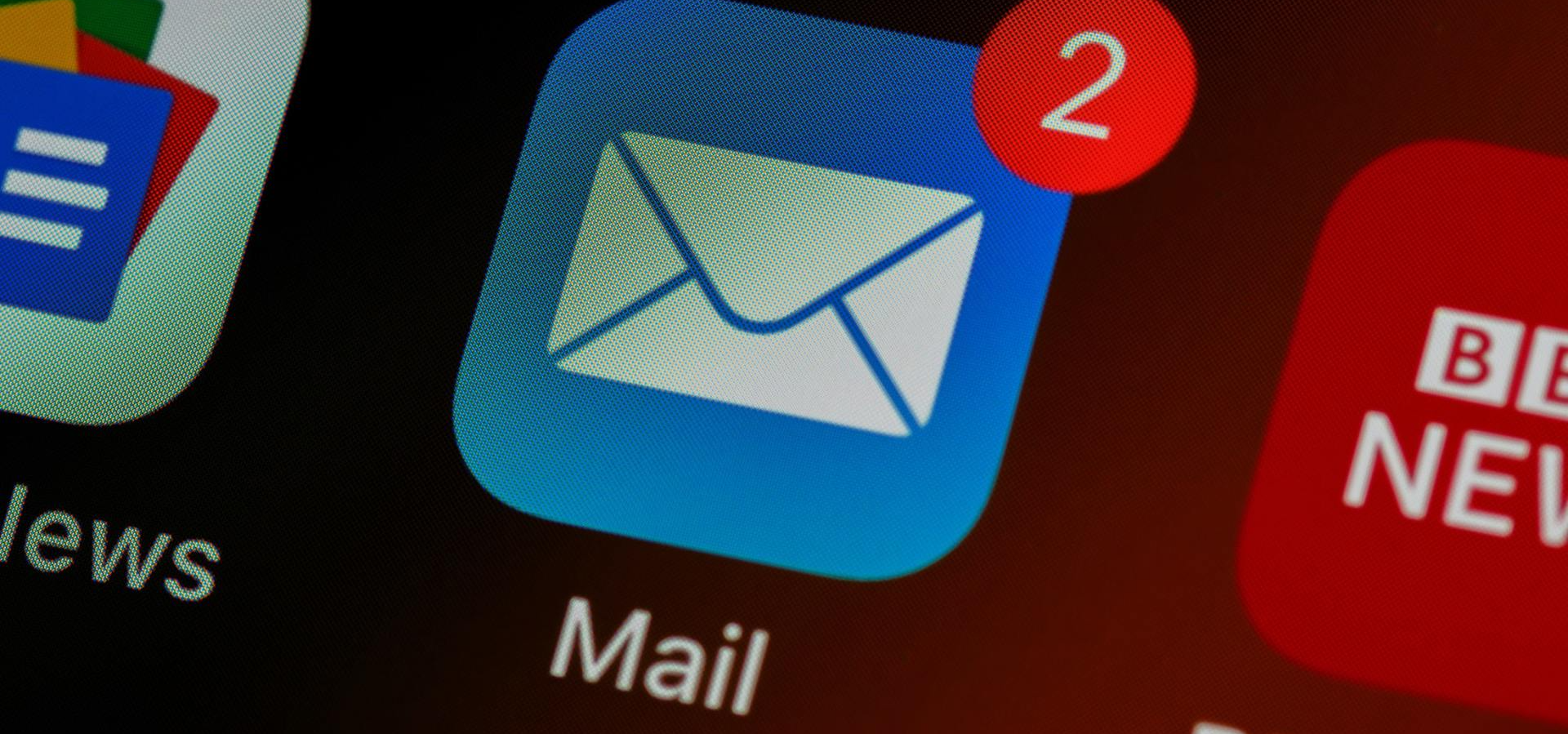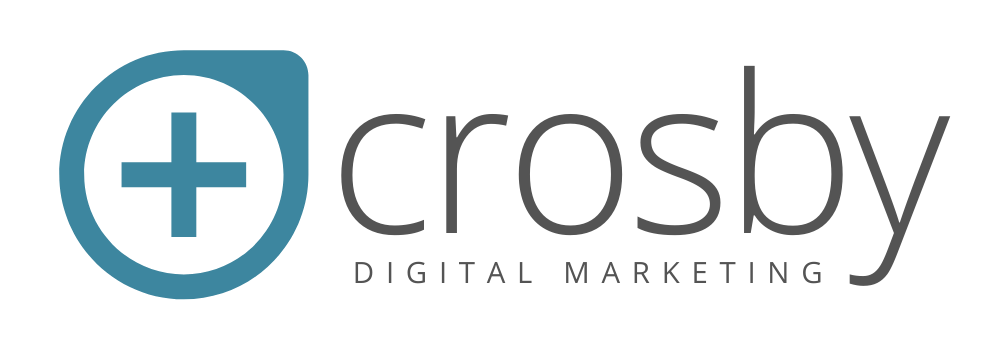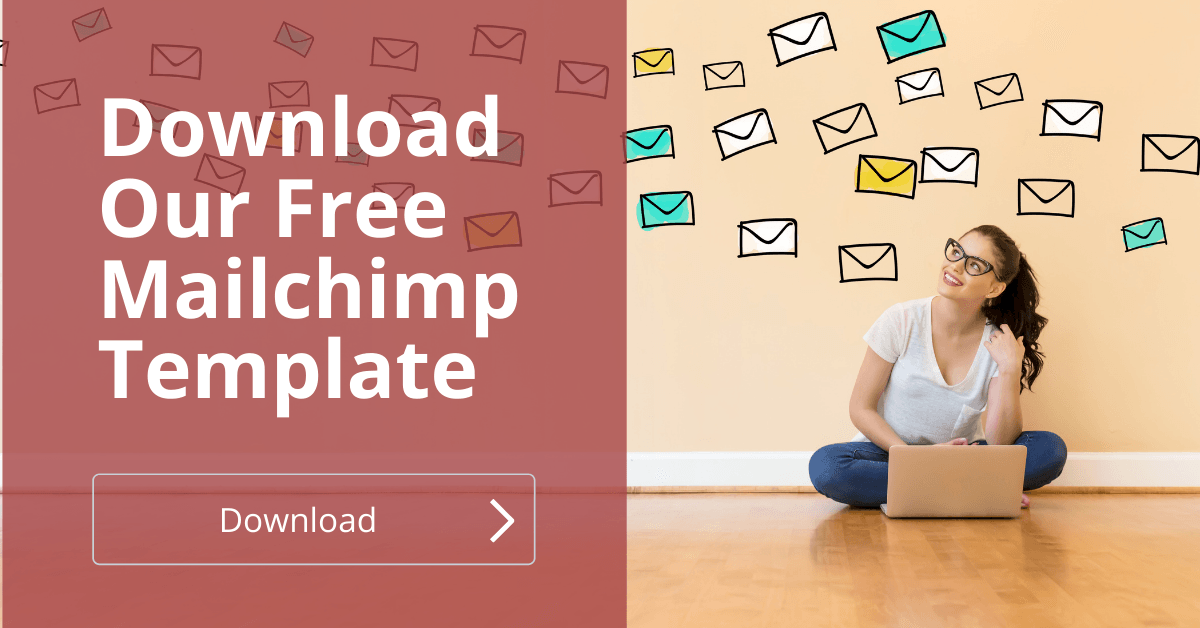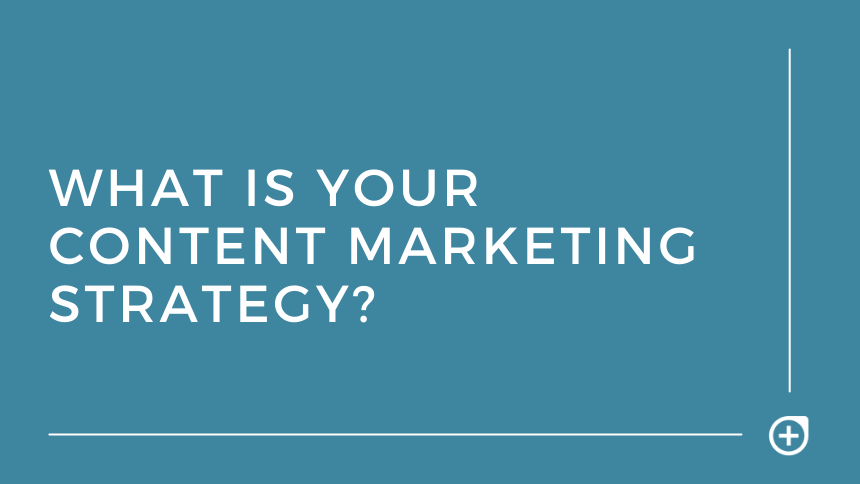Email Marketing for Small Businesses

Email marketing is a great marketing strategy for all businesses. Many small business owners feel as if it is only suitable for larger businesses, but they are mistaken. Email marketing campaigns have a great return on investment, can build credibility, and you do not have to battle social media algorithms in order for your message to be seen. If done right, email marketing delivers consistent useful information to your past, present, and future customers.
Crosby Digital Marketing is an agency in Franklin, TN that helps small businesses with their email marketing strategy. I have compiled a list of steps that will be helpful for starting an email marketing strategy.
Be sure to download our FREE Mailchimp template.
1. Start building your email marketing list today
Many businesses regret not doing this sooner. List building is it’s own topic altogether, but I will give a rundown of some tactics that work well. You must create a practical way that people
knowingly
sign up for email marketing. The most practical way is through a form on your website. This form needs to be prominent, and again people need to know that they are signing up for an email newsletter. Building your email list can be accomplished through a lead-generating form, landing pages, or social media.
A note about getting newsletter sign-ups: If too many newsletter recipients mark your newsletter as spam, there is a chance that all newsletters for all recipients will end up in spam folders. So your list needs to be filled with people who signed up on their own volition.
How do you not get marked as spam over time? Craft messages that are informative and useful to your audience. Create content that people don’t want to miss. A good tactic is to share your expertise. This builds trust with your audience, and will help bring customers back over time. In a similar fashion, a free download can also be used. Events or specials where your audience can benefit can also be beneficial. Try promoting a sale, coupon, or contest in your newsletter. This will encourage people to want to stay in the loop.
2. Decide what type of emails you want to send.
The best place to start is with a monthly or weekly newsletter. The frequency really depends on your industry. A monthly newsletter is a great way to stay on the radar of your current, future, and past customers. This is not your only option, however. You could choose to do email marketing for promotions or a loyalty program. This is a great tactic because your customer will look forward to emails, and this will result in a lot of clicks. Transactional emails are also an option, and are often underutilized for email marketing purposes. Transactional emails occur after a transaction like a sale. Most online customers look forward to receiving receipts and shipping confirmation emails. This means you have your customer’s attention. This is a great opportunity to promote content somewhere on your site. Finally, another tactic is the lifecycle email. This includes welcome emails, 2nd order emails, and win- back emails. These also tend to have high open rates as well.
3. Create your email designs and content.
Many small business owners get overwhelmed when they login to a program like MailChimp. There are so many templates to choose from, but keep it simple. You want your emails to be fast loading and you want to highlight the important and informative content that you are producing. Are you stuck on the design step? CLICK HERE FOR OUR FREE MAIL CHIMP DOWNLOAD.
Keep content strong, and the action for the customer clear. Lead with your best content. Make it worth your customer’s time to come to your website. There also needs to be a call- to- action (CTA). Many small business owners forget this when they are generating content in email marketing and social media. It is ok to ask your customers to do something after you produce something of value. Did you produce a video about smart home technology? Don’t forget to tell your customers to call you for a quote. Are you promoting your leadership coaching class? Don’t forget to put a link to your webinar under your most recent blog post. People know you’re doing business. It’s ok to clearly direct them to the type of business you want to do. You should be extremely clear with your call- to- action, and only have one CTA.
Finally, differentiate your content. One message does not always fit all audiences. This is where list segmentation comes into play. Segmenting your email marketing list means that you are creating customer groups and then tailoring messages to better reach these groups. Segmentation can occur among demographics, purchase behavior, or email engagement level. This way you are delivering more relevant information which translates to more customer attention.
4. Analyze results and tweak.
You’ve set up your email marketing campaign and sent your first email. The work is not over yet. This is the opportunity to look at what works, and what doesn’t.
List size and growth
Is your list growing? Do you have a plan for growth? If email marketing is a priority, then your email marketing list needs to come first. This means a major call- to- action for collecting emails. So if your list isn’t growing, then you should look at tactics like lead- generating forms.
Open and click- through rates
Most email marketing software shows you the open and click- through rates for your email marketing campaigns. But what do these statistics mean? What is a good benchmark? Open rate is the percent of email that was opened. A good percentage to shoot for is 20%. Click- through rate tells you how many successfully delivered emails in a campaign were clicked. A good number to strive for here is 5%. If these numbers are skewed, it is important to look at some factors. If your open rate is disportionately low, how’s your subject line? Is your email list “healthy”? (I will discuss this more in detail below.) If your click- through- rate is disproportionately low, look closely at your content. Is it informative, useful, and do your customers feel like they must see it?
Deliverability and list health
Deliverability means that your emails are reaching their intended audience, and are not being returned to sender. If many emails are getting returned, this could trigger email client spam filters. There are other factors that trigger spam filters as well. If an email receiver reports one email as spam, then this can compromise your entire list as being labeled as spam. So, always provide unsubscribe capabilities. You do not want one email compromising your whole marketing list. Finally, your message and tone can also be labeled as spam if it is considered by email algorithms and filters to be too “salesy.” So use your authentic voice. (Your customers will respond better anyway.)
A/B Testing
If you have a hunch something is wrong, try A/B testing. Do you think your customers respond better to a video message over a written message? Send a video to half your list and an article to the other half. Do you think your call- to- action is ineffective? Send two versions and see which group’s response is better. Our agency constantly sees small businesses who do not use A/B testing in their marketing. It’s one of the biggest mistakes we see with DIY marketing. How do you know if you are using the best possible tactics?
Crosby Digital Marketing helps small businesses with their email marketing. We would love to talk more about how to incorporate this tactic into your overall marketing plan. Reach out at
jessica@crosbydigitalmarketing.com to learn more.



